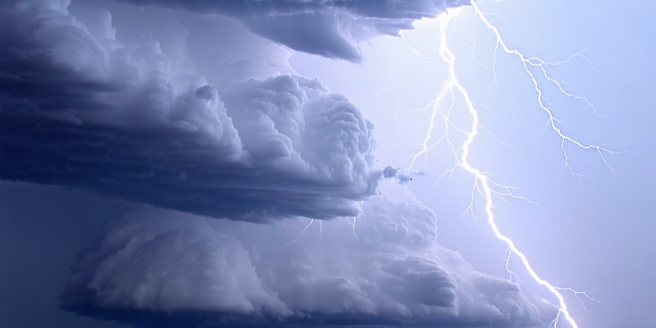Pollution Influence On Rainfall
Understanding Pollution’s Impact on Weather Patterns Pollution plays a significant role in altering weather patterns. Airborne pollutants like aerosols can modify cloud formation, affecting precipitation. Regions with high pollutant levels…
Heat Islands And Urban Heatwaves
Understanding the Urban Heat Island Effect Urban heat islands are areas in cities that experience significantly higher temperatures compared to their rural surroundings. This phenomenon is primarily caused by human…
Lightning Risks In Soccer
Understanding Lightning and Its Dangers in Soccer Lightning is a natural phenomenon that occurs during thunderstorms, posing significant risks to individuals caught outside. Soccer, typically played outdoors, is particularly susceptible…
Identifying Tornado Signatures On Radar
Understanding Radar Technology for Weather Monitoring Radar technology plays a crucial role in weather monitoring by utilizing radio waves to detect atmospheric conditions. These radars send out waves, which reflect…
Heat Index Precautionary Measures
Understanding the Heat Index Understanding the heat index is crucial for recognizing the impact of humidity on the human body’s ability to cool itself. The heat index is a measure…
Allergens And Wildfire Season
Understanding Common Allergens During Wildfire Season During wildfire season, common allergens include pollen, mold, and dust. The intense heat and smoke from wildfires can exacerbate the release of these allergens…
Air Quality And Extreme Weather
Understanding the Connection Between Air Quality and Weather Patterns Weather patterns significantly influence air quality. High temperatures can elevate ozone levels, while stagnant air can retain pollutants. On the other…
Hurricane Formation And Future Projections
Understanding Hurricane Formation Factors Hurricanes, also known as tropical cyclones, form over warm ocean waters near the equator. Key factors influencing their formation include sea surface temperature, atmospheric moisture, and…
Radar Observations And Air Quality
The Basics of Radar Technology in Environmental Studies Radar technology plays a crucial role in environmental studies by providing valuable data on meteorological activities. Radar systems emit radio waves that…
Hailstorms: Causes And Safety Measures
What Causes Hailstorms? Hailstorms are triggered by severe thunderstorms with strong upward currents, known as updrafts, which carry water droplets into extremely cold sections of the atmosphere. As these droplets…










